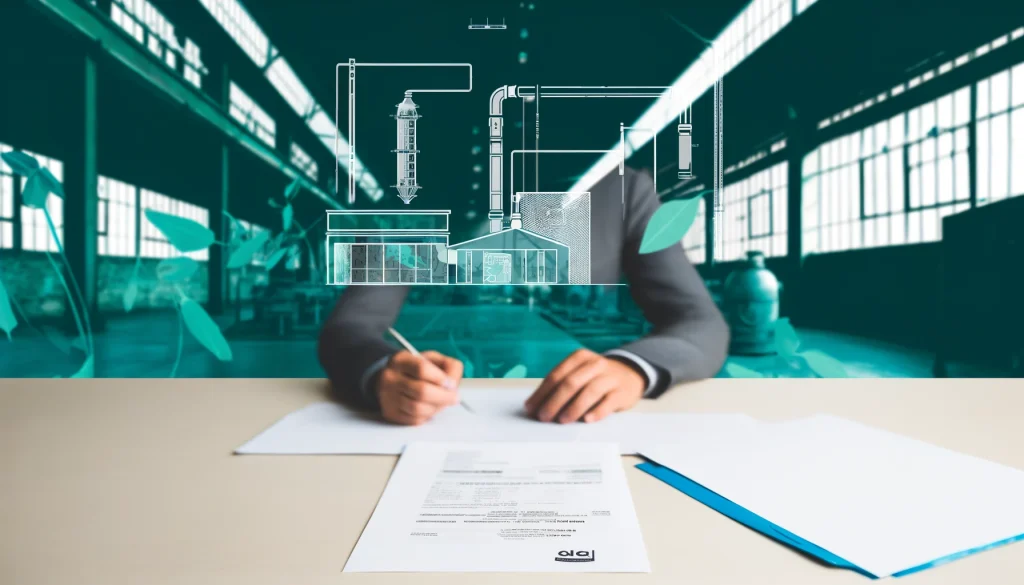The Growing Importance of Improving Safety Culture for Commercial Construction Projects

Improving Safety Culture in High-Risk Industries
Every occupation has its risks, but some industries are more susceptible than others. The construction industry is notably riskier. However, improving safety culture through the right health and safety measures can prevent most dangers.
Health and safety procedures are crucial for reducing risks on a building site. Implementing these measures promptly is essential. Without action from managers and experts, risks will increase, leading to more accidents.
Building a strong safety culture takes time and effort. It doesn’t happen overnight. A top-notch approach is essential, and upper management must be involved to create a robust safety culture for the organization.
Safety Must Be a Priority of Every Industry and Organization
Job site safety should take priority over productivity, cost, and timelines. Employees are the organization’s most valuable asset. Demonstrating that safety is your top priority on every project builds trust and confidence among them. Prioritizing safety can also improve job site productivity and reduce project costs. Accidents can lead to delays, damages, and cost overruns. A strong safety system also helps reduce insurance costs.
Health and Safety Measures Help Protect the Workforce
Implementing proper health and safety procedures at all sites minimizes numerous dangers. These procedures provide managers and employees with essential knowledge about hazards and how to avoid them, ensuring they can perform their duties safely.
Workers are at risk of work-related illnesses such as carpal tunnel syndrome, vibrating white fingers, and hearing loss. Exposure to silica can lead to occupational cancer. Proper health and safety measures are crucial to address these risks effectively.
The Role of Training in Improving Safety Culture
Training is essential for improving safety culture. Proper training is an effective way to enhance a company’s safety practices. It should not be a one-time event but an ongoing process. Continuous safety training reinforces best practices and helps staff retain what they have learned.
Institutes like Titan University offer numerous construction safety courses. Individuals such as SSHOs (Site Safety and Health Officers) can enroll to learn critical safety requirements and protocols for commercial construction projects.
Building a Comprehensive Safety System
Creating a safety committee with employees from all levels is important. Developing site-specific safety plans during the pre-construction stage is crucial. This includes assessing and upgrading the company’s safety program and identifying potential risks and safety issues.
Additionally, forming an emergency response team with a few individuals trained in basic first aid at each location is essential. They must know how to handle injuries to reduce risks and provide first aid to injured workers.
Workers involved in building and improving a safety culture will take safety issues more seriously and be more open to communicating concerns and providing valuable input.
How Poor Health and Safety Systems Can Impact the Construction Business
Failing to address health and safety issues can lead to serious problems on construction sites. It can result in significant productivity losses, affecting the company’s profitability.
Neglecting health and safety measures can lead to injuries and illnesses, reducing the number of active employees and impacting productivity and profitability.
Given the dangers in the construction sector, adopting and following proper health and safety procedures is essential. This includes conducting frequent risk assessments, analyzing hazards, and taking appropriate actions to reduce or eliminate risks.
Training plays a crucial role in implementing effective health and safety measures. Employees should be trained to identify and manage potential dangers to minimize accidents and illnesses.








If safety isn’t a part of your organization’s culture, it’s tough to expect your workers to follow the proper guidelines. You would think wanting to not get injured or even worse would be enough motivation, but unfortunately it rarely is.